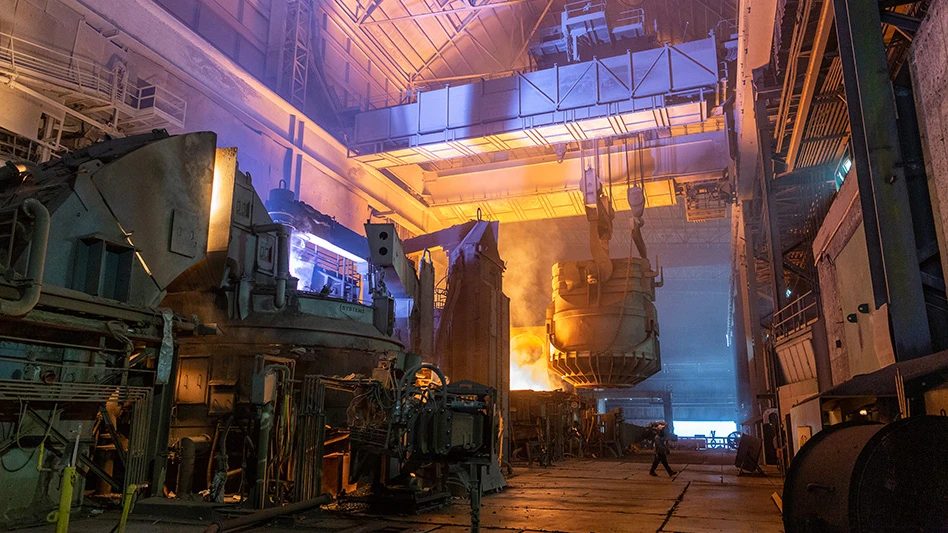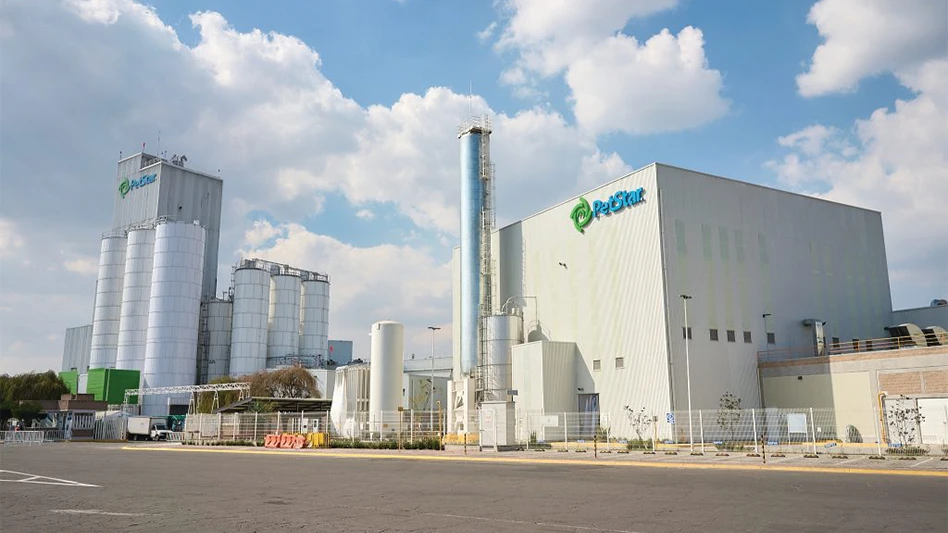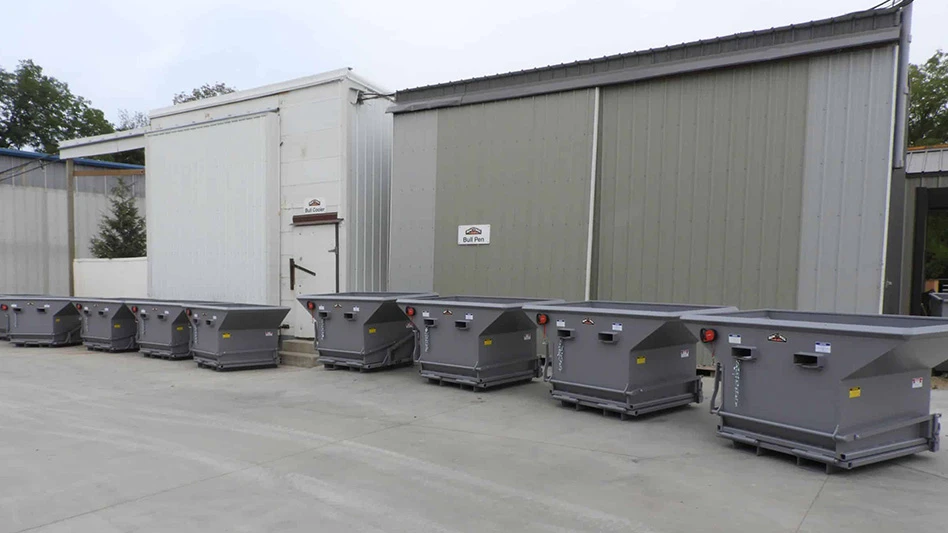The economies of most of the world’s largest nations are enjoying GDP growth, but the good tidings are not spreading to ferrous scrap recyclers, who are affected in several different ways by the excess steelmaking capacity of China.
Despite the drama created on its southern flank with day-to-day negotiations to keep the Greek government from defaulting, the EU’s economy showed steady signs of positive momentum in the first half of 2015.
One of the largest and most metals intensive sectors of the European economy, the automotive industry, finished the first half of 2015 with strong sales figures as measured by the passenger car figures collected by the Association des Constructeurs Europeens d’Automobiles (ACEA).
The trade group reports that more than 1.32 million passenger cars were sold in the 30 European nations reporting to it in June 2015, a 14.6% increase from the 1.15 million vehicles sold in June 2014.
In the first half of 2015, “New passenger car registrations increased by 8.2%, surpassing 7 million units (7,169,984),” the ACEA reports in comments accompanying the release of its mid-year figures.
“All major markets posted growth, contributing to the overall upturn of the EU market over the period,” continues the ACEA, adding, “registrations in Spain (+22.0%), Italy (+15.2%), the United Kingdom (+7.0%), France (+6.1%) and Germany (+5.2%) all increased compared to the same period one year ago.”
North America’s economic indicators likewise point to slow but steady economic growth, with the U.S. on pace for 2.4% GDP growth in 2015. In Asia, India is steaming toward 7.6% growth while Japan is teetering within the positive column at a 0.9% GDP annual growth rate.

Chinese government ministries and outside analysts are not unified as to that nation’s growth rate. However, analysts critical of the 7% GDP growth forecast by China’s government still foresee 5% as possible.
No matter where China’s growth rate stands, there is little disagreement that its steelmakers have throughout 2014 and 2015 produced more steel than the domestic economy is consuming, resulting in the tide of finished and semi-finished steel exports to any nation that is willing to buy.
In his opening comments in the July 2015 Bureau of International Recycling (BIR) Ferrous Metals World Mirror, William Schmiedel of Sims Group writes, “semi-finished and finished steel exports from China have been climbing even as iron ore prices have increased and steel prices have decreased.”
Adds Schmiedel, “The overhang of Chinese steel in our markets has inevitably become the new normal. Until trade barriers become effective or China’s domestic demand for steel increases, [recyclers] must be one step ahead and adjust our business models accordingly.”
An adjustment for scrap processors and traders in Europe entailed prices that dropped in July, as measured by indexes maintained by Brussels-based Eurofer (The European Steel Association). All three Eurofer scrap price indexes dropped in July, with the new arisings index declining by 6.9% and the shredded scrap price dropping by 8.5% from June to July.
The Turkish steel industry has been among those hardest hit by an inbound glut of Chinese steel. At the outset of 2015, the Turkish Steel Producers Association (TCUD) predicted, “The activity level of Chinese steelmakers in the international markets and the growth path of the Turkish economy are the two main factors that will play a determining role in the development of the Turkish steel industry” in 2015.
Soon after, in January and February 2015, Turkish steel output declined more than 10% compared to the first two months of 2014 as Chinese finished and semi-finished steel caused Turkish melt chops to curtail production. (For more on conditions within the Turkish steel industry, see the article “Fending off the glut,” starting on page 38.)
Coping with the roiling effects of the finished steel glut is in some ways “worse than what we dealt with in the 2008 financial crisis,” says scrap trader Diwakar Gautham of Sunberg Ltd., London.
Falling steel and iron ore prices and the ongoing survival of integrated steelmakers in China are among factors causing scales to tip in favor of primary metals producers, says Gautham.
As national governments find ways to subsidize or support their steelmakers, iron ore producers are fighting to protect the investments they made in increased mining capacity in the past two decades, he says.
Meanwhile producers of secondary metals and the recyclers who ship materials to them have a complex supply chain that requires profitability at each stage. “The recycling supply chain has higher logistics costs, with five or six transportation links before the scrap is hitting the consumer,” says Gautham.
He says secondary metals producers (both ferrous and nonferrous) and the scrap recycling industry have an important point to make with policy makers and the public concerning the lower CO2 emissions levels inherent in metals recycling.
As things currently stand, Gautham says the lower prices for ferrous, nonferrous and plastic commodities are all conspiring to turn back considerable progress that has been made in the past decade toward sustainable resource management based on recycling.
Latest from Recycling Today
- Autocar releases Smart Battery Cable to advance refuse truck fire safety
- PLASTICS launches Positives of Plastics website
- Impact Air Systems launches compact ZAC400
- PCA to shut down paper machines at Washington containerboard mill
- BMRA provides landfill guidance for UK shredder operators
- Fornnax high-capacity tire recycling plant
- EU introduces measures to secure raw materials, strengthen economic security
- US Steel to restart Illinois blast furnace





